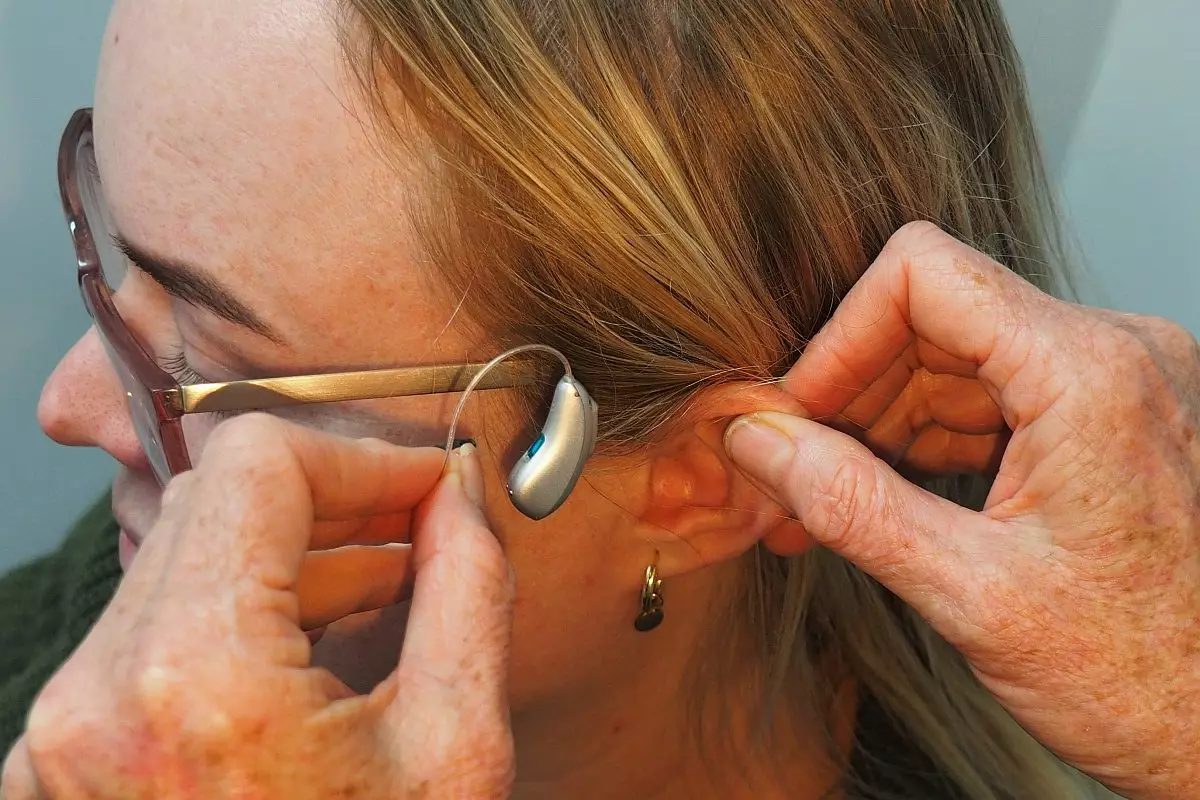In a significant step towards inclusivity and accessibility, the Federal Communications Commission (FCC) has recently instituted new regulations mandating that all mobile phones sold in the United States be compatible with hearing aids. This decision stems from a growing recognition of the barriers faced by the approximately 48 million Americans who experience hearing loss. The FCC’s ruling not only focuses on compatibility with hearing aid devices but also establishes specific volume control standards that mobile manufacturers must meet. This initiative reflects a broader commitment to enhance communication accessibility for individuals with hearing impairments.
Under the newly adopted rules, the FCC has set an ambitious target: all mobile handsets in the U.S. must be designed to work seamlessly with hearing aids. Previously, the norm was a less stringent requirement where manufacturers needed to ensure that 85% of their mobile models met this standard. However, the change indicates a shift towards full compliance, indicative of a more inclusive approach in the tech industry. The extension of the hearing aid compatibility definition to include cochlear implants further underscores the FCC’s commitment to addressing a wider range of hearing loss devices.
The collaboration with the Hearing Aid Compatibility (HAC) Task Force, composed of various stakeholders including smartphone manufacturers, researchers, and consumers with hearing loss, has enabled the FCC to formulate these comprehensive regulations effectively. Such collaboration signifies the importance of diverse input in creating policies that genuinely address user needs, ensuring that technology keeps pace with the requirements of all consumers.
Beyond compatibility, the FCC’s regulations introduce new Bluetooth standards aimed at fostering universal connectivity between mobile devices and hearing aids. Presently, Bluetooth technology varies between manufacturers, often leading to compatibility issues. The new requirements are poised to eliminate these proprietary standards, facilitating improved connectivity and user experience for individuals who rely on hearing aids. This is not merely a technical upgrade; it’s a vital move towards ensuring that critical communication aids function effectively in the modern mobile environment.
Furthermore, manufacturers are bound to disclose detailed product information, specifically about their devices’ hearing aid compatibility and compliance with the newly established Bluetooth coupling requirements. This enhanced transparency will empower consumers to make informed choices and encourage manufacturers to prioritize accessibility in their products.
A pivotal element of the FCC’s mandate is the establishment of volume control benchmarks. New mobile devices must accommodate the auditory needs of both hearing aid users and individuals who utilize cochlear implants. The FCC has laid down the requirement that handsets must allow for increased volume without distortion, ensuring that all users have a satisfactory auditory experience.
This attention to sound quality is vital, as many users, especially those with hearing aids, often encounter difficulties with poor sound quality or distortion at higher volumes. The regulation aims to ensure that as users increase volume levels, they can do so without compromising clarity. This approach significantly enhances user experience and highlights the regulator’s understanding of the unique challenges faced by those with hearing impairments.
While the FCC’s latest regulations represent a remarkable stride towards augmenting accessibility for individuals with hearing loss, the implementation phase will be critical. The commission has not provided a specific implementation timeline, and the effectiveness of these regulations will depend on the proactive commitment of mobile manufacturers to meet and exceed these new standards.
Moreover, as technology continues to evolve, continuous oversight and adaptation of regulations will be necessary to address emerging challenges and ensure that all individuals—regardless of their auditory capabilities—can actively engage with communications technology. The FCC’s move can serve as a template for similar initiatives worldwide, advocating for an environment where technology genuinely accommodates all users, thus fostering an inclusive society. Such initiatives not only enhance individual freedom but also promote social equality, making them essential in today’s digital age.


Leave a Reply